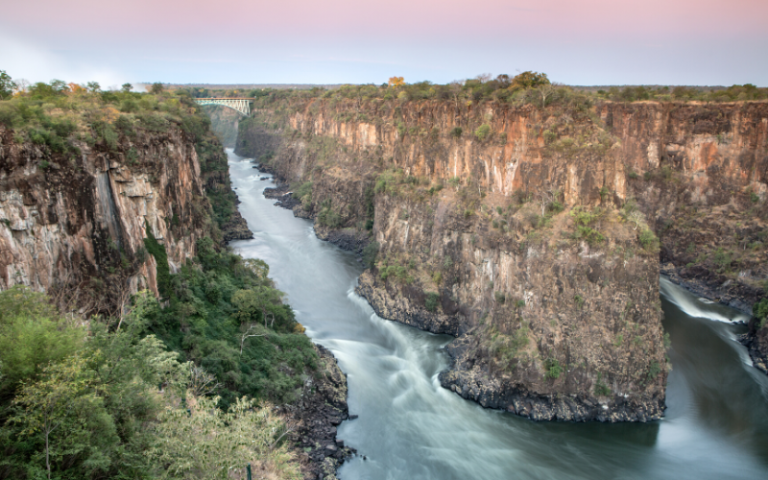Scientists are sure to have discovered the exact birthplace of human kind, the true "Garden of Eden". In fact, it is the vast fertile area south of the Zambezi River in Botswana. A new study published in the journal Nature is supporting this fascinating theory. According to researchers, in fact, the first Homo sapiens had appeared 200,000 years ago in a lush, wetland of Africa. This was then the home of humans for the following 70,000 years.

Scientists are sure to have discovered the exact birthplace of human kind, the true “Garden of Eden”. In fact, it is the vast fertile area south of the Zambezi River in Botswana. The first Homo sapiens would have appeared 200,000 years ago in a lush, wetland of Africa.
This would then be the home of humans for the next 70,000 years. Let’s discover a study in the journal Nature supporting this fascinating new theory.
Where Is The Real Birthplace of Human Kind?
The authors of the study are scientists at the Garvan Institute of Medical Research in Australia.
According to them, the region south of the Zambezi River in Botswana, thousands of years ago, was home to a huge lake that allowed our ancestors to survive.
What happened after that? Between 110,000 and 130,000 years ago, the climate began to change and fertile paths opened up from this valley. For the first time, the population began to move and humans migrated outside of Africa to all parts of the world.
Professor Vanessa Hayes, geneticist at the Garvan Institute of Medical Research was the head of the study. She explained what led the team to carry out such research: “It has long been clear that modern humans appeared in Africa some 200,000 years ago. However, what has long been debated is the exact location of our early ancestors.”
Carrying out the Study
Professor Hayes and her colleagues collected blood samples from about 1000 people living in Namibia and South Africa. In this way, they were able to check their mitochondrial DNA (mtDNA). This is transmitted almost exclusively from mother to child through the egg cell. As a result, its sequence remains unchanged for generations (mtDNA changes very gradually over time). For this reason it is a useful tool to observe the maternal progeny.
Finally, the researchers crossed genetic data with chronological, ethnolinguistic and geographical distribution data. They also reconstructed the climatic conditions of various periods. Combining these factors, they discovered that the first humans were in Makgadikgadi – Okavango, just south of the Zambezi River in northern Botswana.
Today in this area there are only salt pans and deserts. However, it was once a suitable habitat for human life and modern wildlife. Geological evidence suggests that the region, when man appeared, was home to the largest lake system in all of Africa. The so-called Makgadikgadi Lake, in fact, was twice the size of the current Lake Victoria. Computer simulations of the climate then indicate that the slow wobbling of the Earth’s axis brought periodic displacements of precipitation throughout the region. It was precisely the climatic variations that prompted the population to migrate.









